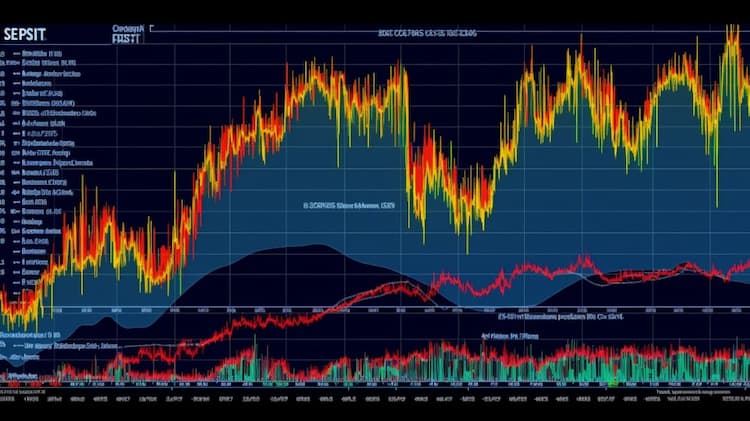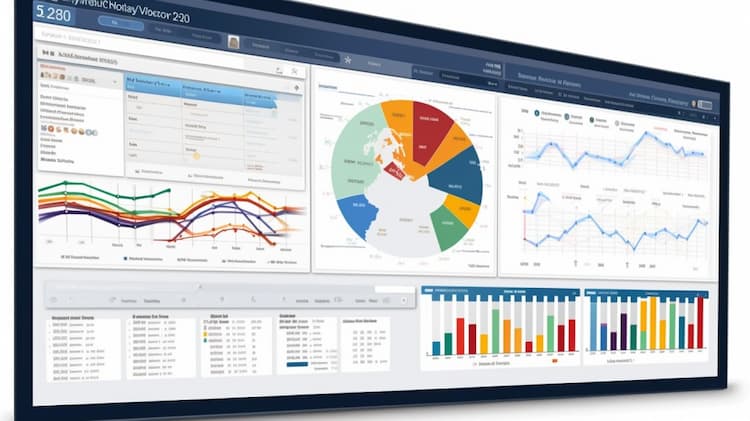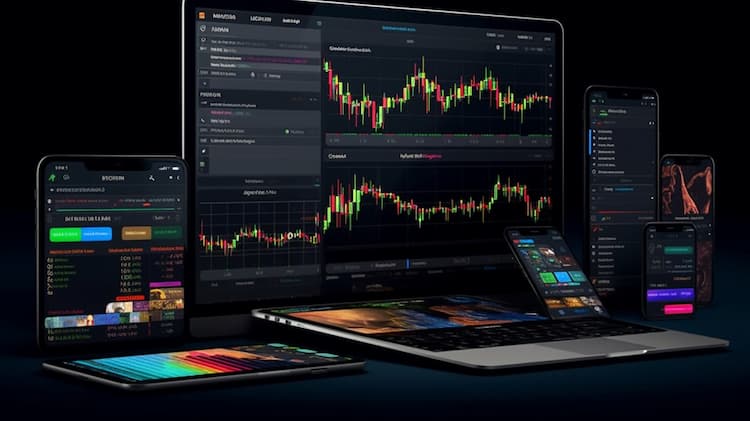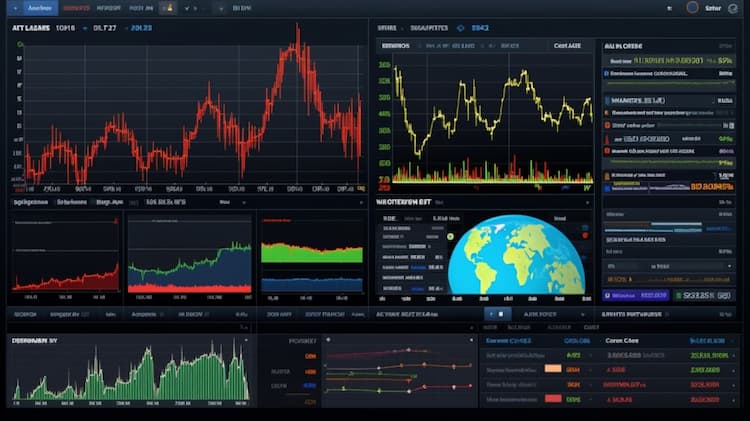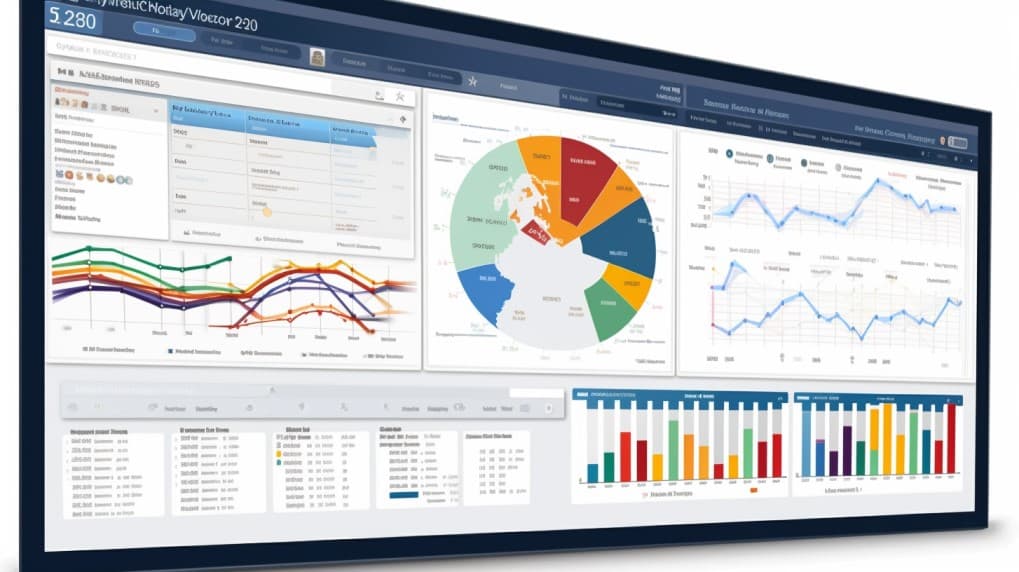
XLK VS ROBO
Exchange-Traded Funds (ETFs) have become increasingly popular among investors due to their ability to provide diversified exposure to various sectors and asset classes. In this article, we will delve into a comprehensive comparison between two prominent ETFs: XLK (Technology Select Sector SPDR Fund) and ROBO (ROBO Global Robotics and Automation Index ETF). We'll analyze key aspects including ETF tickers, full names, issuers, sectors, top holdings, capitalization, investment strategy, tracking methods, and exposure.
XLK Vs ROBO: Overview
XLK and ROBO are two distinct ETFs that offer exposure to different areas within the technology sector. While XLK focuses on technology companies within the S&P 500 Index, ROBO concentrates on robotics, automation, and artificial intelligence. Understanding their differences is crucial for investors seeking to align their portfolios with specific technological trends and opportunities.
XLK Vs ROBO: Sectors and Top Holdings
The XLK ETF provides exposure to a range of technology-related sectors, including information technology and communication services. Its top holdings include giants like Apple, Microsoft, and Nvidia. In contrast, ROBO's holdings comprise companies engaged in robotics, automation, and AI, such as Intuitive Surgical, ABB Ltd, and Yaskawa Electric. Analyzing these sectors and top holdings can aid investors in deciding which ETF aligns better with their investment goals and outlook.
 XLK overlap XLK VS ROBO
XLK overlap XLK VS ROBO
XLK Vs ROBO: Capitalization and Investment Strategy
XLK boasts a significant market capitalization due to its exposure to large technology companies, reflecting its popularity among investors seeking exposure to well-established tech giants. On the other hand, ROBO's investment strategy revolves around identifying and capitalizing on the potential of companies driving advancements in robotics and automation. The contrast in capitalization and strategy between these ETFs creates distinct potential risk-reward profiles for investors to evaluate.
XLK Vs ROBO: Tracking Methods and Exposure
XLK tracks the performance of the Technology Select Sector Index, which includes technology companies within the S&P 500. This tracking method provides investors with exposure to established players in the tech industry. On the other hand, ROBO tracks the ROBO Global Robotics and Automation Index, offering exposure to companies at the forefront of technological innovation in robotics and automation. Understanding these tracking methods is essential for investors seeking to align their portfolios with specific technological trends.
Conclusion
In conclusion, XLK and ROBO represent two distinct approaches to investing in the technology sector. XLK provides exposure to established technology giants within the S&P 500, while ROBO focuses on companies driving innovation in robotics and automation. For those looking to gain deeper insights into the holdings, correlations, and overlaps of these ETFs, as well as other financial instruments, ETF Insider is an invaluable tool. This user-friendly app offers comprehensive details that can assist investors in making informed decisions about their investment strategies.
Disclaimer: This article is intended for informational purposes only and does not provide any investment advisory services.
Sources:
https://www.sectorspdrs.com/ XLK ETF issuer
https://www.sectorspdrs.com/mainfund/xlk XLK ETF official page
XLK quote and analysis
Discover the top holdings, correlations, and overlaps of ETFs using our visualization tool.
Our app allows you to build and track your portfolio.
To learn more about the XLK Technology Select Sector SPDR Fund, access our dedicated page now.
FAQ
Why is XLK better than ROBO?
XLK may be considered better than ROBO for some investors due to its specific focus, offering diversification.
Does ROBO beat XLK?
ROBO's performance relative to XLK will vary over time, depending on market conditions.
Should I invest in XLK or ROBO?
The choice between XLK and ROBO should align with your investment goals, risk tolerance, and desired exposure.
Are XLK and ROBO good investments?
Both XLK and ROBO can be suitable investments depending on individual investment strategies, goals, and risk profiles.
What is the correlation between XLK and ROBO?
The correlation between XLK and ROBO can vary over time, reflecting differences in performance.







